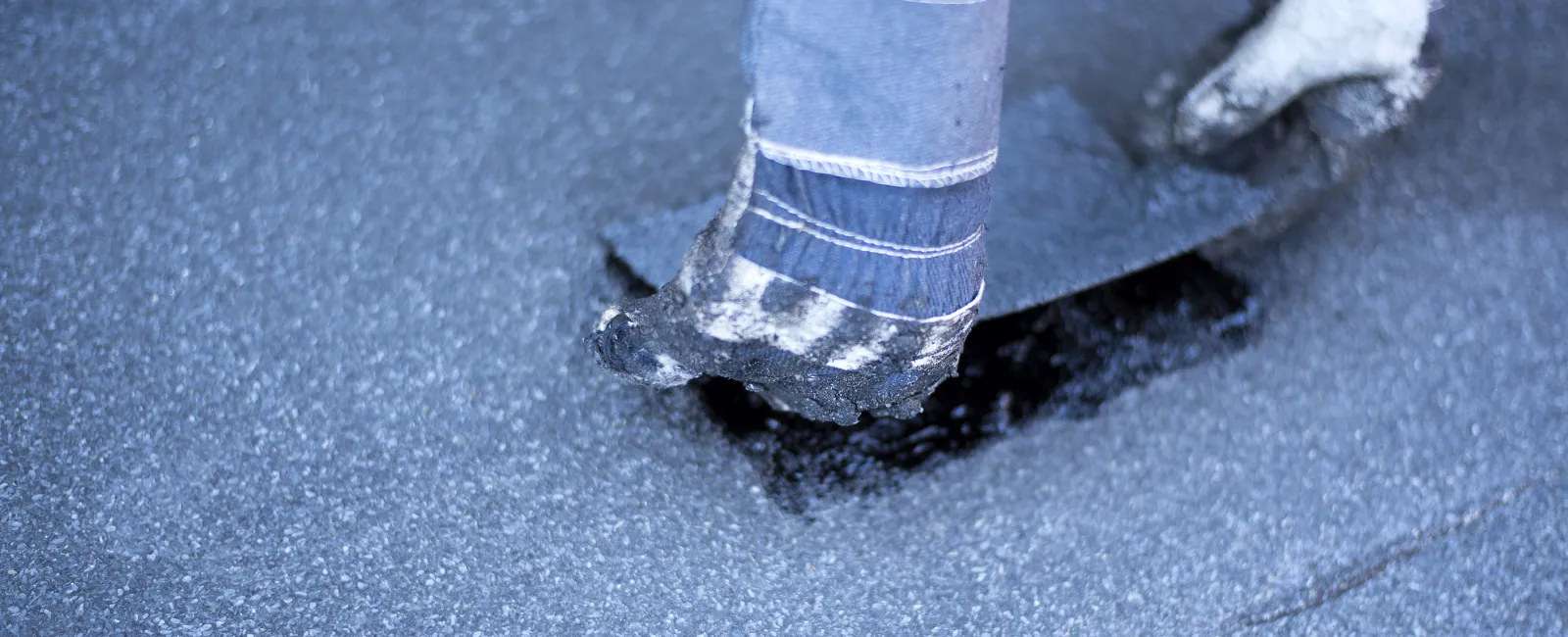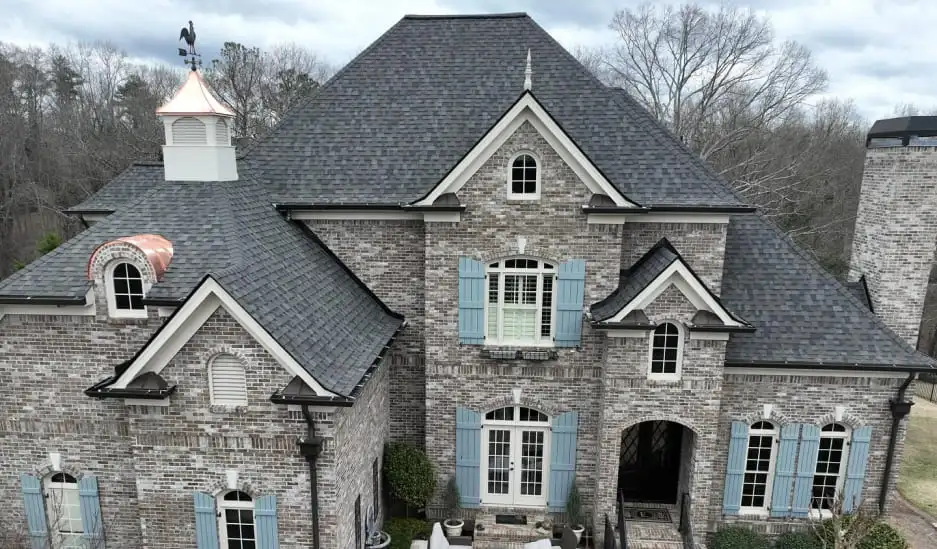Roof maintenance is part of the never-ending list of things to take care of as a homeowner. But maintaining your roof doesn’t have to be a monotonous item on your fixer-upper to-do list. With some basic knowledge and care practices in place, your roof will be in top shape.
This guide will help you know whether your roof needs repaired, patched, or replaced. Whether it’s a few damaged shingles on an old roof or a major leak, roof damage happens. Here’s how to go about fixing it.
Roof Repair Solutions
Gutters and roofs are not parts of your home that you think about every day. However, they are an integral part of your house. Roofs provide structural support and serve as a shelter against inclement weather, and gutters control and redirect the water that hits your roof. Without them, your home would risk real damage, including leaks, foundation and water damage, mold, mildew, and more.
That said, if you notice that your roof is damaged and needs care, consider the following solutions.
-
Fix the plumbing vent boots. Cracks and broken seams in the boots around your pipes may be the reason your roof is leaking. Spot the pain points where those pipes and seals may be torn or rotted away, then replace them with new screws or plates and seal.
-
Replace siding and insulation. Rot and mildew can grow in your walls as a result of damaged roofs and gutters. Replace those walls or ceilings. You may need to replace caulk to ensure all adjoining surfaces are in top shape.
-
Patch small holes early on. Tiny holes can often lead to larger problems. They can let in leaks and cause rot that may go unnoticed for years, increasing the risk that the issue becomes too large and then becomes noticeable. Small holes can be simple to fix, though, whether fixing them involves replacing a nail or patching a hole with flashing. Patching is a temporary fix, typically lasting about six months.
-
Use flashing. Roof flashing is a thin metal material used at roof and wall intersections to direct water away from entering the openings and cracks of a roof. If you notice openings or cracks, flashing can be a simple and cost-effective way to solve the problem.
-
Consider reroofing or reshingling. When it comes to old or severely damaged roofs, it’s likely a full replacement is needed. But you can reroof or reshingle your roof. Signs of damaged shingles include curling, cracking, mold, rot, and looseness. If you can replace only the damaged shingles, do. This might work if, for example, the damage is on one part of the house or in a confined corner. In areas where extreme weather, like hurricanes or tornados, is common, it’s important to fix any damage as soon as you can in order to prevent more. It’s also helpful to note that if you plan to take this path, make sure you match the old shingles.
How to Determine When Reroofing is Needed
Sometimes it’s obvious when your roof needs to be reshingled: a tree fell on your home or extreme weather hit and severely damaged the roof. Other times, it’s more subtle. Signs that your roof needs to be reshingled include cracking, loose or damaged shingles, caving, curling, mold, moss, rot, signs of leaks or water damage, dark spots, holes, and exposed nails.
Of course, a quick repair is a lot more affordable than a full replacement, but sometimes a new roof is needed, especially if it’s older and decaying. Patching only prolongs replacement in cases like this, so be sure to make the best decision for the long term.
What Role Does Roof Age Play?
Roofs typically last 20 years before they need to be replaced. Ultimately, when repairs are needed depends on the material used and the weather a roof encounters in its lifetime.
Expect to replace your asphalt and composition shingle roof a bit sooner than other roof types; they likely need to be replaced every 12 to 30 years. Meanwhile, wood shingle roofs last a bit longer (20 to 25 years), as do rubber roofs (30 to 50 years) and metal roofs (50 to 75 years).
Beyond material, damaging and seasonal weather can cause roofs to have a shorter lifespan. Living in places where storms are common or frequent can make destruction more likely and humid weather can cause certain roofing materials to wear out more quickly.
Ultimately, caring for your roof and paying attention to what kinds of care it needs is hugely important. To learn more, get in touch with Findlay Roofing today



